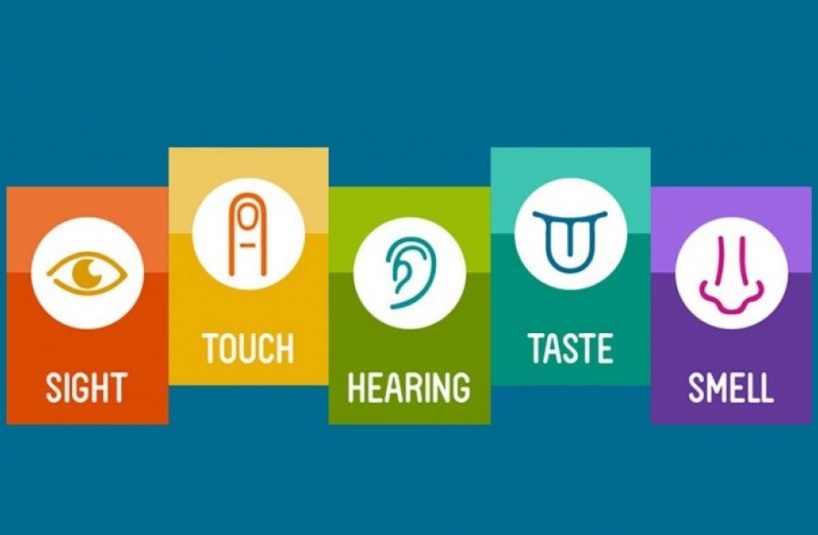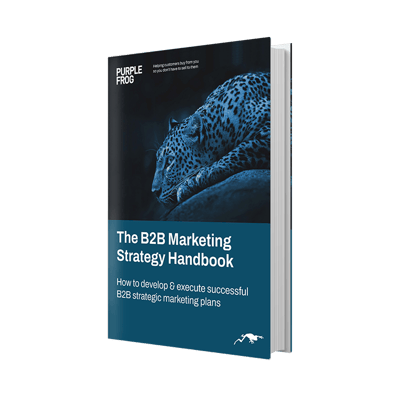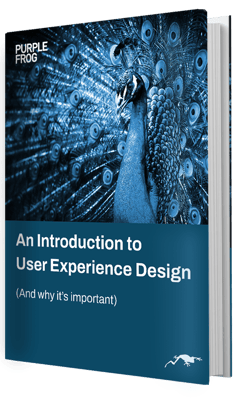Sensory Marketing: How to maximise your marketing strategy

Image source: www.thismarketerslife.it
Why is marketing strategy primarily focused on visual communication? What made us decide to put all our efforts into visual marketing? Why do most brand guidelines only discuss how the brand looks?
Studies have shown that when consumers are presented with a saturation of visual marketing (such as you might experience on any city street around the world) the brain does not experience a nervous response (stimulation).
Studies have shown that marketers could successfully appeal to all the human senses. The strength of each sense in purchase decisions varies according to category, but there is a wide range of categories in which sound and smell are the most dominant.
How should you adjust your marketing strategy?
As sight is not the ‘most powerful’ sense in determining which products we buy, marketers should incorporate experiences to stimulate the other senses into their marketing strategy. The best way to make an impression is to stimulate multiple senses simultaneously. This is known as sensory marketing.
A study by Lindstrom and Calvert (2008) showed that combining sensory experiences makes them stronger and, where they are complementary, more appealing. The regions of the brain stimulated by a combination of visual and auditory input showed that the subjects were: “a) paying close attention, b) liked what they saw and heard, c) found the combination pleasant; and d) would recall the brand, and probably over the long haul.” [1]
However, where stimuli clash or contradict they create a sensory conflict, which consumers respond to as an unpleasant experience. This is because these conflicting sensory combinations stimulate a response in the area of the brain associated with aversion and repulsion. Unfortunately, negative experiences are usually more memorable than positive ones, meaning negative or contradictory sensory experiences of a brand should be avoided.
What does this tell us?
Brand guidelines do not guide marketing strategy beyond the sphere of visual marketing and therefore do not encourage marketers to move beyond it. Effectively, brand guidelines are incomplete.
A brand's logo is widely considered to be the most important part of its brand identity, but however well designed your logo (and other visual brand elements) may be, if you pair them with the wrong sounds or smells you will still create a negative reaction in a consumers brain. If you pair your visual brand elements with compatible sounds or smells, the probable outcome is that you will attract the consumers attention; creating an association that they will remember more successfully, and with greater pleasure, than visual marketing elements alone.
Brands consistently present mixed sensory experiences without considering the non-visual elements. What consumers may be hearing, smelling or touching while they are looking at carefully planned communications is often forgotten. And these other sensory experiences are always subjugated to the considerations of brand guidelines and visual marketing, which means they are not as persuasive as they might be.
How do we counteract this?
Extend your marketing strategy and brand guidelines to include multi-sensory experiences.
Consider a familiar example: the video. We create moodboards, storyboards and scripts planned in minute detail. But the choice of music is made in minutes, usually the ‘best’ piece of royalty-free music available. But the choice will not be made with reference to any brand guidelines, because there aren’t any. The term 'background music' is symptomatic of the visual emphasis placed on what should inherently be an opportunity for sensory marketing.
Even if you can’t ensure that brand guidelines are established for other sensory experiences, don’t forget how powerful they are. Think about when your marketing activity stimulates senses other than sight (or could be an opportunity for sensory marketing), think about what suits your brand and make the most of it.
Interested? Why not contact us to find out how Purple Frog could help you use sensory marketing for your brand at more@purplefrog.co.uk or on 01844 295170. Or read more on this topic in our article The Power of Music in Branding: Making the Connection
[1] Lindstrom, M. (2009) buy.ology: how everything we believe about why we buy is wrong : Random House Business Books, London, p. 161.
More from Creative Marketing

Professional Services Marketing: How to Run an Inbound Marketing Campaign
I have said time and time again that marketing strategies in the professional services sector need to change. It really is our...




